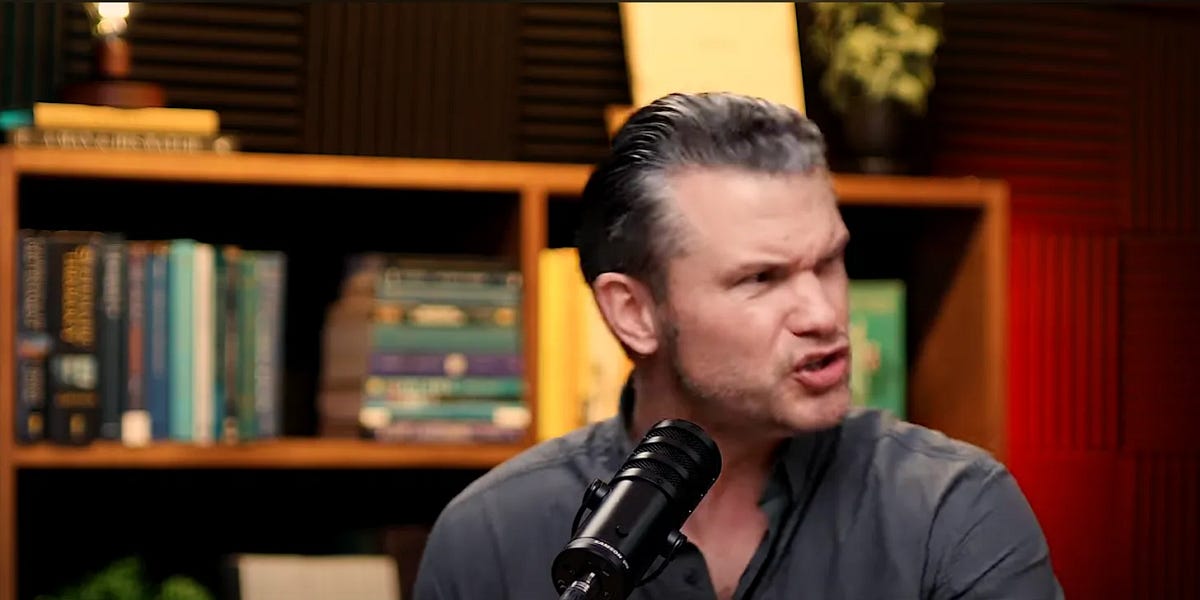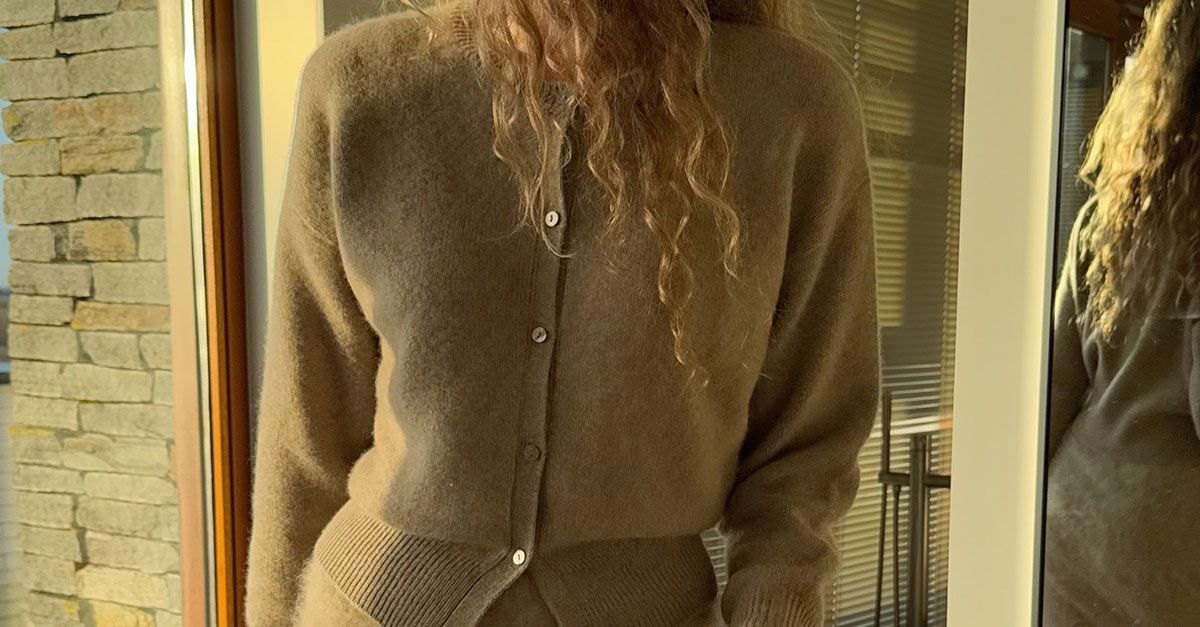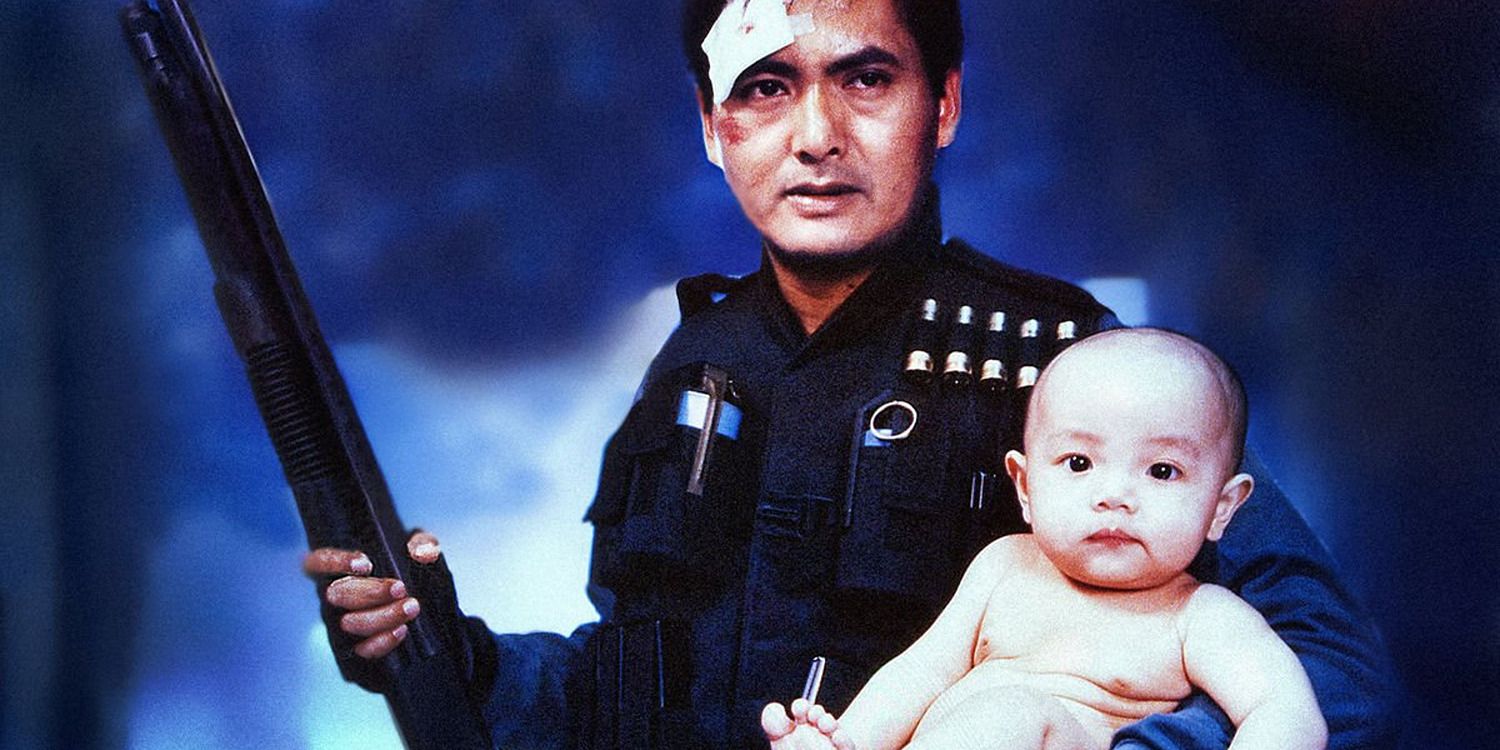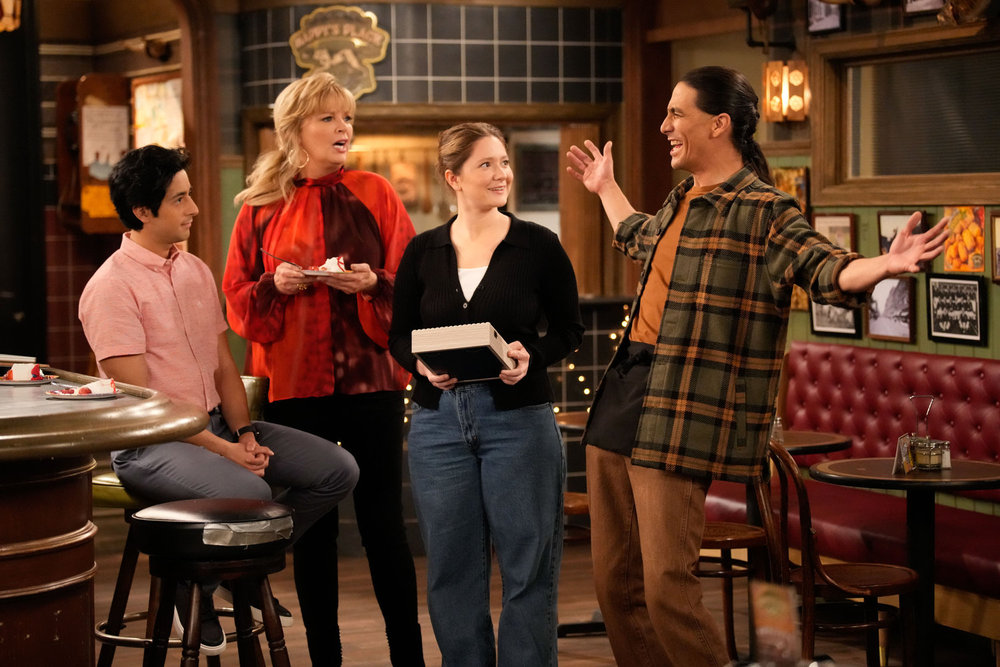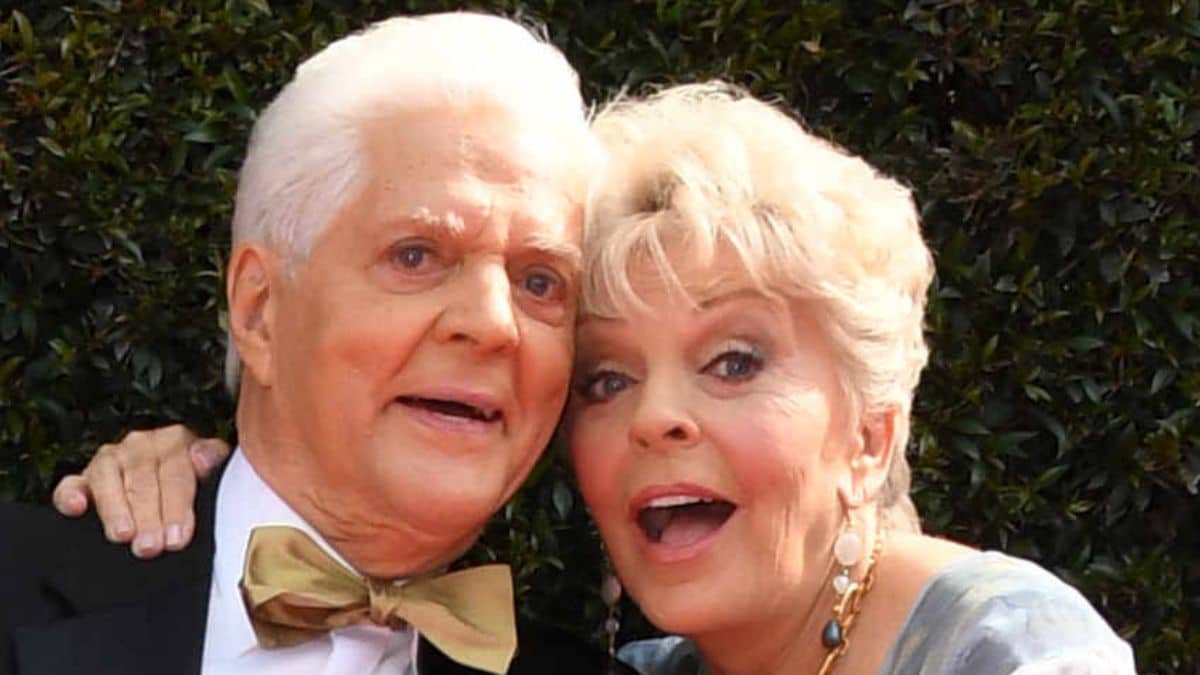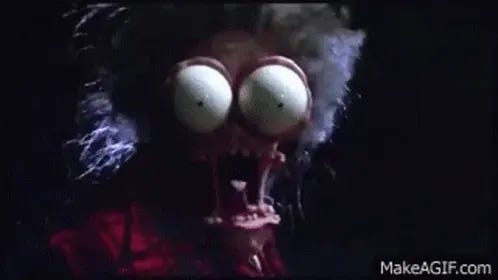Loach has always told stories that use real locations and some nonprofessional actors, encourage improvisation, and take their stories from contemporary or historical events that affect the everyday lives of working and/or struggling individuals. These are not the kinds of films where billionaires fly to Norway on a private jet to plot a corporate takeover, nor are there genre movie elements (horror, science fiction, film noir, etc). The camerawork (overseen here by Robbie Ryan) focuses on capturing moments of interaction between individuals and groups of people rather than making statements on its own. The aesthetic is as rigorous in its way as any that you see in work by filmmakers who are more ostentatiously formalist in their approach.
There are echoes of social realist or “kitchen sink realist” playwrights like John Osborne (“A Look Back in Anger”) and Arthur Miller (“All My Sons,” “Death of a Salesman”) in the scenes delving into TJ and Sora’s friendship, the pain of their pasts, and the quiet tragedy of their stories and those of all the other characters going largely unnoticed by the wider world. Several of them echo one of the signature speeches in “Death of a Salesman,” by Linda, talking about her salesman husband Willy: “Willy Loman never made a lot of money. His name was never in the paper. He’s not the finest character that ever lived. But he’s a human being, and a terrible thing is happening to him. So attention must be paid. He’s not to be allowed to fall into his grave like an old dog. Attention, attention must finally be paid to such a person.” This is an entire movie filled with Willy Lomans, some more likable than others, all worthy of attention.
The entire exercise often plays like a documentary record of actual events for which a camera happened to be present. You truly feel as if you’re getting a slice of life. Often in Loach’s films it’s a bitter slice. That’s not the case with “The Old Oak,” a drama that has many troubling or devastating moments but barrels through them, and lets the characters emerge with shreds of hope for a better future.










